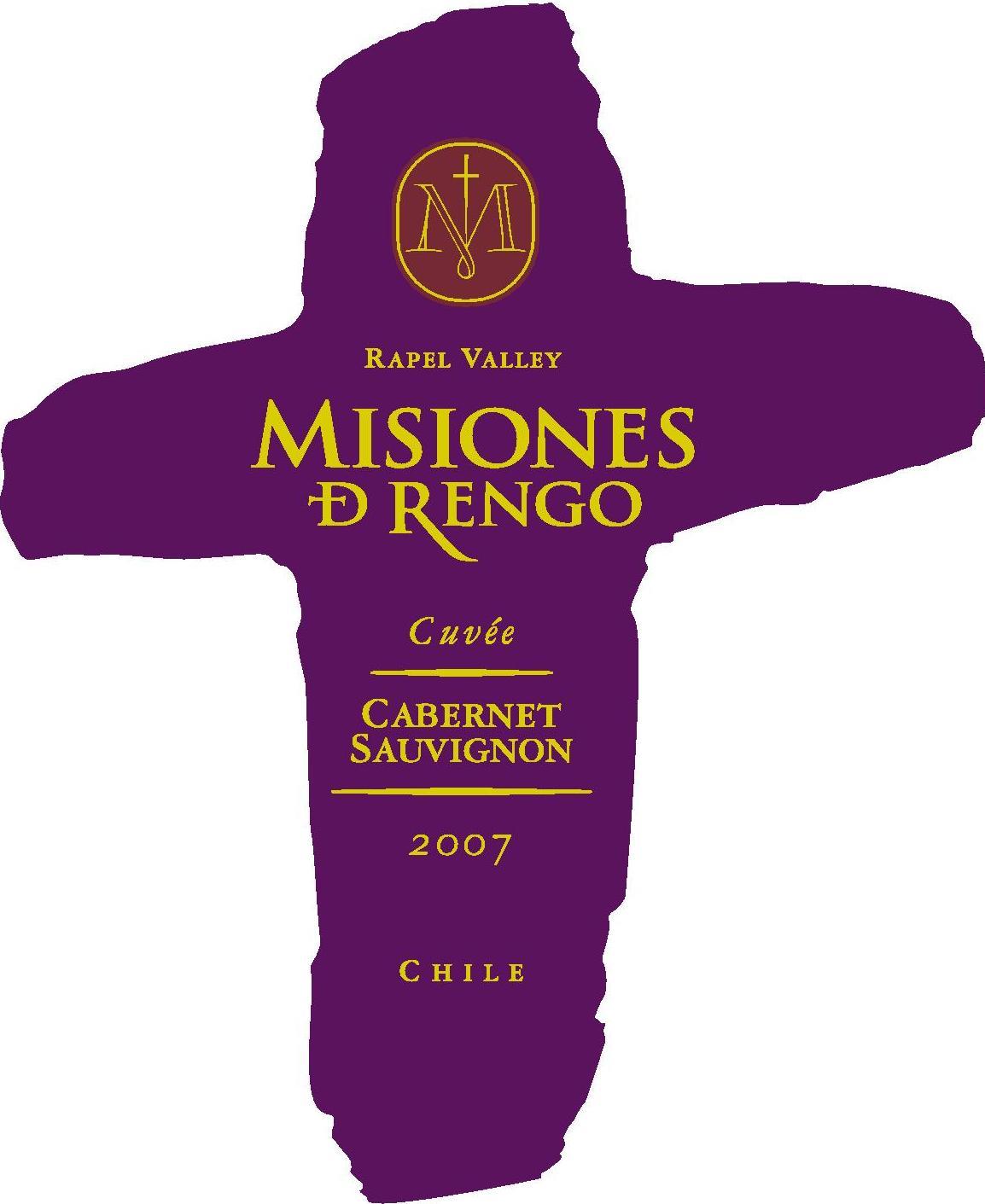2007 Rapel Valley Cabernet Sauvignon
The Misiones De Rengo Cuvée is a captivating Cabernet Sauvignon from the renowned Rapel Valley, showcasing the region's exceptional terroir. This red wine is full-bodied, delivering a sumptuous mouthfeel that embodies richness and depth. The acidity is bright, providing a refreshing lift that beautifully balances the wine's character. Expect prominent fruit intensity with notes of dark cherry, blackberry, and plum intertwining harmoniously. The tannins are structured yet approachable, offering a firm backbone that supports the wine's luxurious profile. As a dry red, it is a delightful companion to a range of dishes, elevating any dining experience with its engaging flavors and complexity.
The Misiones De Rengo Cuvée is a captivating Cabernet Sauvignon from the renowned Rapel Valley, showcasing the region's exceptional terroir. This red wine is full-bodied, delivering a sumptuous mouthfeel that embodies richness and depth. The acidity is bright, providing a refreshing lift that beautifully balances the wine's character. Expect prominent fruit intensity with notes of dark cherry, blackberry, and plum intertwining harmoniously. The tannins are structured yet approachable, offering a firm backbone that supports the wine's luxurious profile. As a dry red, it is a delightful companion to a range of dishes, elevating any dining experience with its engaging flavors and complexity.




